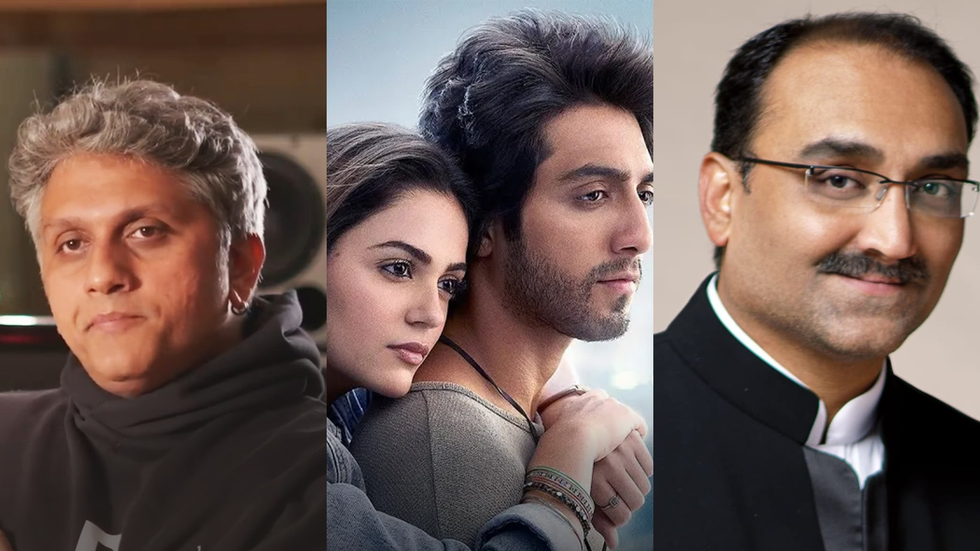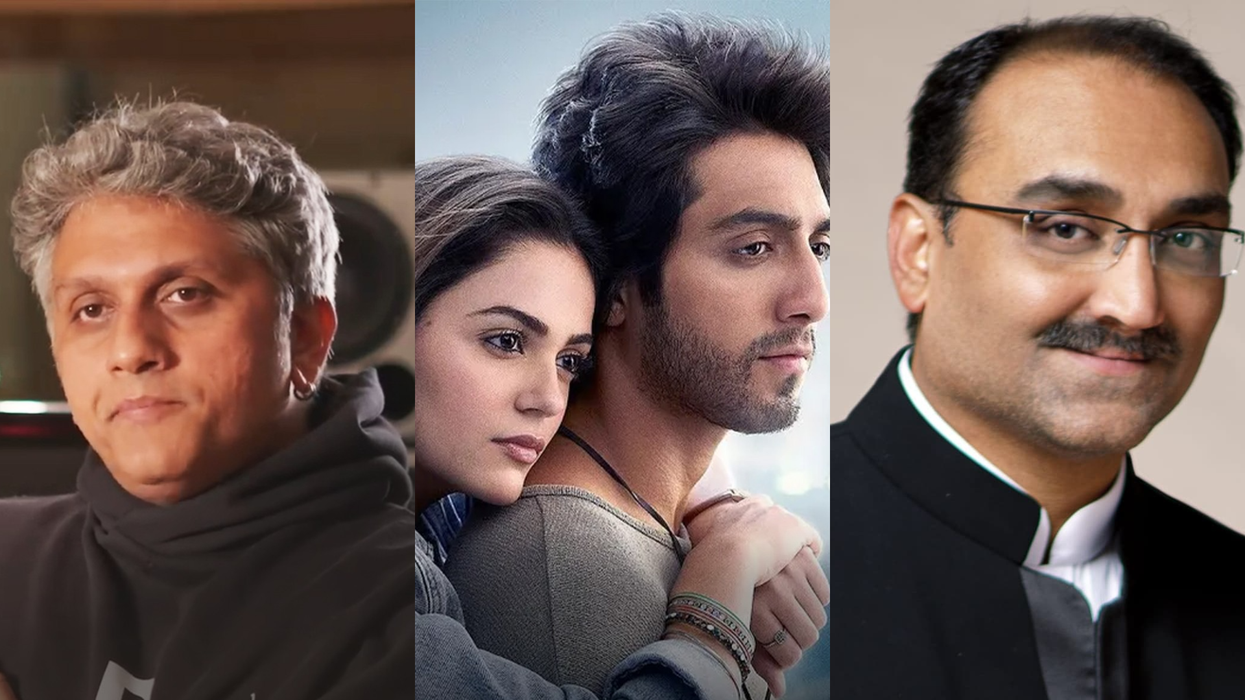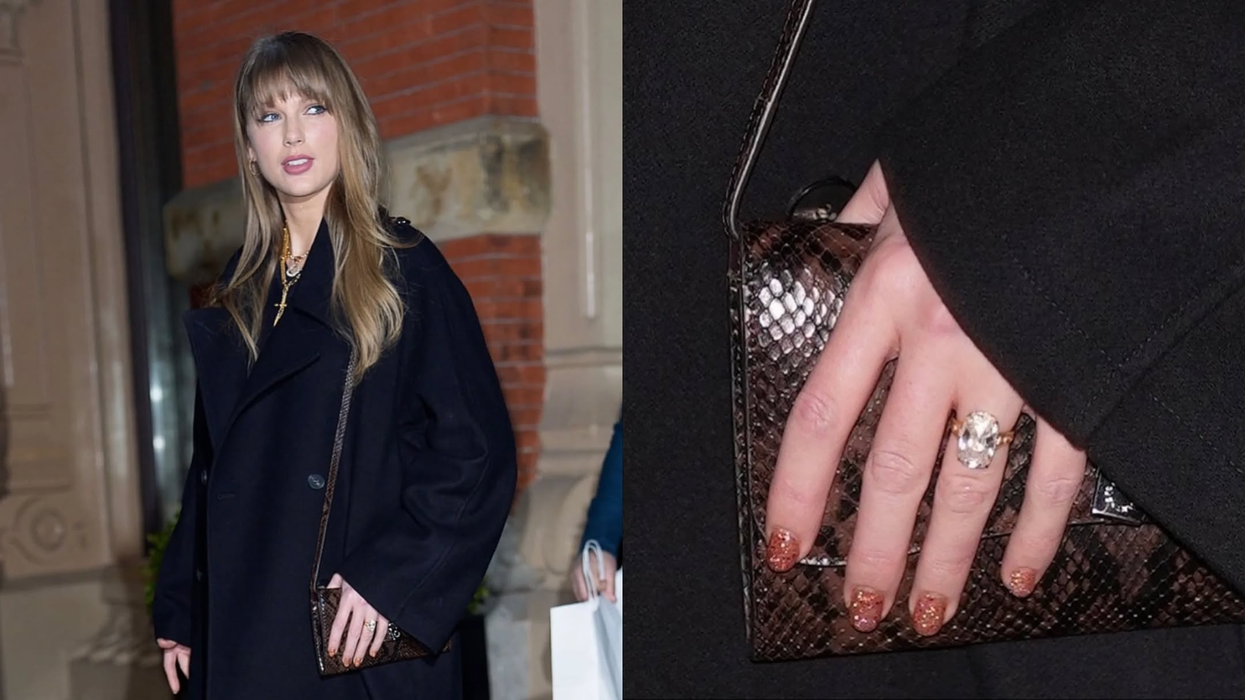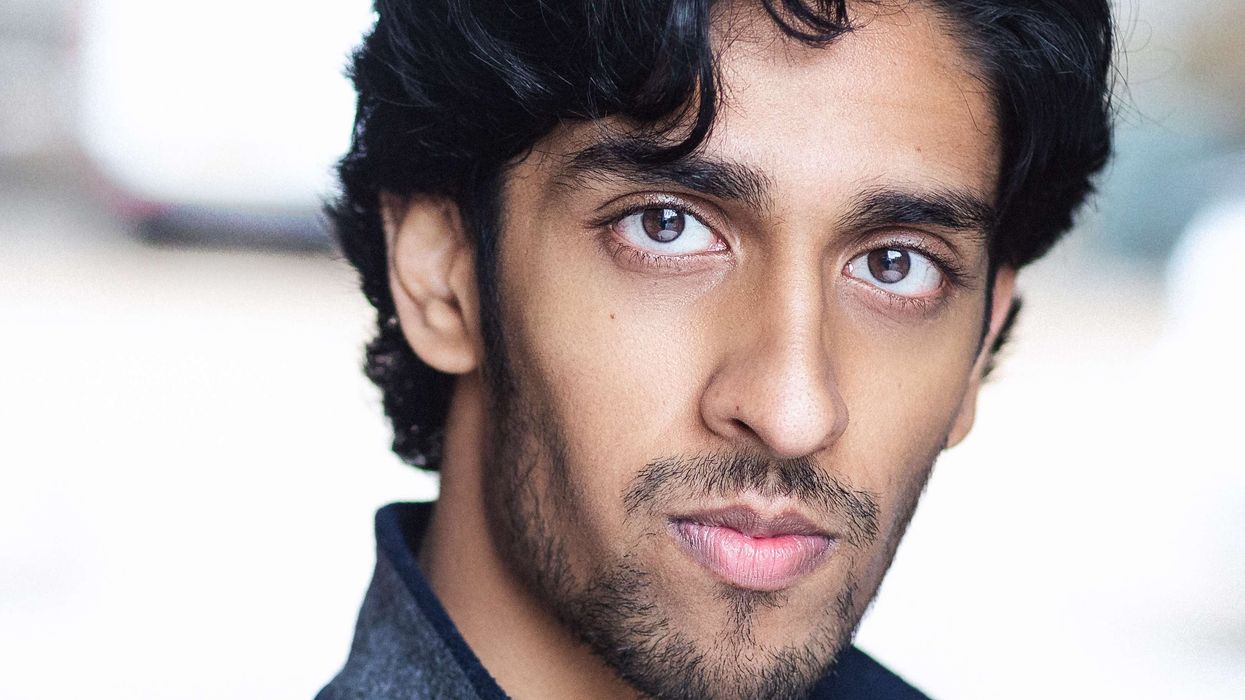Highlights:
- Mohit Suri locks his next directorial project with Yash Raj Films following Saiyaara.
- Producer Akshaye Widhani and presenter Aditya Chopra reprise their roles from the previous hit.
- The project has been touted as another large-scale romance musical.
- Filming is scheduled for mid-2026, following the scripting and casting process in 2025.
Fresh off the record-shattering success of Saiyaara, director Mohit Suri is diving straight back into business with Yash Raj Films. The studio has greenlit a new romantic epic from Suri, solidifying a partnership that has already changed the genre's commercial potential. Avoiding tempting offers from other studios, this swift reunion shows a shared passion to create memorable love stories. The yet-untitled film plans to capture the same musical and emotional sweep that made their earlier collaboration a success.

So, what's the plan for this new love story?
The blueprint is taking shape. Sources indicate the core idea has been agreed upon by Suri, Widhani, and Aditya Chopra. It's described as another sweeping romance, but one that will venture into a completely new world, distinct from Saiyaara. Now that the development stage is underway, Suri and his writing team have to develop the idea into a complete script. The commitment to a musical format is a given, as Suri's ability to weave songs into the narrative fabric was a major factor in Saiyaara's success.
Why stick with the same team?
It's a fair point. Suri had his pick of projects after delivering one of the year's biggest hits. But the chemistry here seems to work. The Saiyaara model: Suri's direction, Widhani's production, and Chopra's presentation, proved unstoppable. There is a clear trust and a shared language already in place. Why break a winning machine? For YRF, it secures a director with a Midas touch for romance. For Suri, it offers the immense creative and marketing machinery of a major studio. It is clear that this isn't just a safe bet, but a strategic consolidation of force.
When can we expect casting news?
Hold your horses. This is where patience is necessary. The timeline is methodical. The aim is to start filming around mid-2026. Before that, the script needs to be solid. The casting process isn't expected to kick off until early next year, and only once a solid first draft is locked. So, any speculation about who might star is premature. This deliberate pace is telling; it prioritises getting the foundation rock-solid before the glamour and buzz of casting begins. It's the opposite of a rushed job, which should give fans confidence.
What does this mean for the romance genre?
The message is loud and clear. Saiyaara's massive haul, rumoured to be over £55M (₹579.23 crore), wasn't a fluke. This immediate follow-up is a direct response to that audience appetite. It shows a genuine revival for the big-budget, emotional love story in Bollywood. With Chopra himself spearheading the genre, this project could encourage other studios to reinvest in romance stories. For cinemagoers, it's a promise of more of the grand, heart-on-sleeve storytelling that many felt had been lost.







 Zendaya and Tom Holland slip into packed Leicestershire curry house after theatre night Instagram/everestloungeuk
Zendaya and Tom Holland slip into packed Leicestershire curry house after theatre night Instagram/everestloungeuk  Tom Holland and Zendaya during the Men's Final of the BNP Paribas Open at Indian Wells Tennis Garden Getty Images
Tom Holland and Zendaya during the Men's Final of the BNP Paribas Open at Indian Wells Tennis Garden Getty Images 





